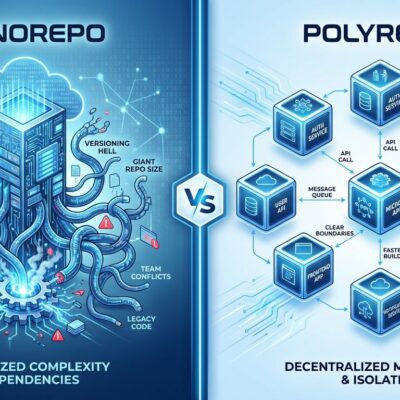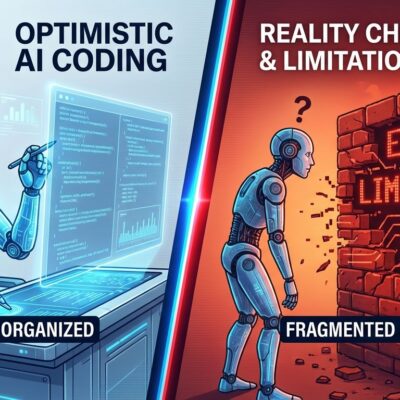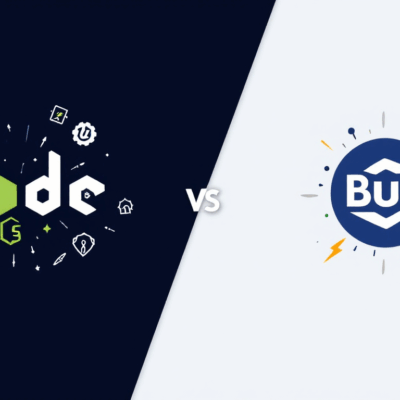
After 15 years of developer complaints about slow pip installs and Python packaging chaos, the ecosystem is witnessing a rapid migration. UV, a Rust-based Python package manager from Astral (creators of Ruff), has hit 30,000 GitHub stars in under a year and is being adopted by major projects like FastAPI and Pydantic. The pitch is simple: 10-100x faster than pip, replaces four tools with one, and works with your existing setup. The speed difference isn’t marginal—it’s transformational.
Python packaging has been notoriously painful for over a decade. UV’s explosive growth and industry adoption signal this could be the biggest shift in Python tooling since pip’s introduction.
UV Is 10-100x Faster Than pip (And It’s Not Close)
The speed claims sound like marketing hype until you actually run the benchmarks. Installing FastAPI and its dependencies takes 90 seconds with pip. With UV, it takes 10 seconds. That’s not a typo—UV is legitimately 9x faster for a real-world project.
The performance gap comes from UV being written in Rust instead of Python. While pip is limited by Python’s Global Interpreter Lock and sequential dependency resolution, UV leverages Rust’s zero-cost abstractions for parallel processing. It downloads multiple packages simultaneously, uses a SAT solver instead of pip’s backtracking algorithm, and caches aggressively to avoid redundant network requests.
Miguel Grinberg, a prominent Flask and FastAPI contributor, summed it up: “What took 2 minutes with pip now takes 10 seconds. This isn’t marginal improvement, it’s transformational.” When experienced developers use words like “transformational,” it’s worth paying attention.
One Tool to Replace pip, virtualenv, poetry, and pyenv
Python packaging has suffered from fragmentation for years. Should you use pip or poetry? What about pipenv? Where does pyenv fit? Different tools for installing packages, managing environments, handling project dependencies, and switching Python versions. The cognitive overhead is exhausting.
UV consolidates everything into one unified tool. Install packages, create virtual environments, manage project dependencies, and even download different Python versions—all through uv commands. Here’s the difference:
# Old fragmented workflow
python -m venv .venv
source .venv/bin/activate
pip install -r requirements.txt
# New consolidated workflow with UV
uv venv
uv pip install -r requirements.txtThe best part? UV is drop-in compatible with existing requirements.txt and pyproject.toml files. You don’t need special migration scripts or file conversions. Just install UV and start using it.
The Vendor Lock-In Debate Around Astral
UV is created by Astral, a venture-capital-backed private company. The concern is legitimate: what happens if Astral pivots, gets acquired, or shuts down? Are we trading pip’s stability for a tool that could disappear?
However, this fear is valid but overstated. UV is open-source under MIT and Apache 2.0 licenses. Even if Astral vanished tomorrow, the community could fork and maintain the project. We’ve trusted Docker, Inc. and HashiCorp despite corporate ownership—UV’s situation isn’t fundamentally different. Moreover, Astral has strong venture funding and Ruff’s success (100k+ GitHub stars) validates their long-term commitment to Python tooling.
The real question isn’t “what if Astral disappears?” It’s “what’s the cost of waiting?” Every day you stick with pip, you’re burning developer time on slow installs and fragmented workflows. Consequently, the productivity gains from UV outweigh the theoretical risks.
FastAPI and Pydantic Are Already Using UV
Early adopters take risks. But when established projects migrate, it signals maturity. FastAPI, Pydantic, and SQLModel—major Python frameworks used by thousands of companies—have adopted UV in their development workflows. Miguel Grinberg publicly documented his migration and recommends UV for new Python projects.
Community reports validate production readiness too. Developers are successfully deploying UV in CI/CD pipelines on GitHub Actions and GitLab CI, cutting build times from 5 minutes to 30 seconds. Therefore, the evidence is clear: UV isn’t experimental anymore.
Should You Switch to UV?
If you’re starting a new Python project, use UV. The performance gains are immediate and substantial. For existing projects, migration is low-risk—UV works with your current setup, so you can test it without committing company-wide.
The vendor lock-in concerns are real but no worse than other tools we trust daily. Docker was a private company. Kubernetes was corporate-backed. Both became industry standards because they solved real problems better than alternatives. UV is following the same playbook: deliver undeniable value, build community trust, and let adoption speak for itself.
After 15 years, someone finally fixed Python packaging. The old tools were slow and fragmented. UV consolidates and accelerates. Developers are voting with their feet—30,000 GitHub stars in under a year tells you everything you need to know.
Key Takeaways
- UV delivers 10-100x faster package installation than pip through Rust-based implementation and parallel processing
- Consolidates pip, virtualenv, poetry, and pyenv into one tool—eliminating years of Python packaging fragmentation
- Vendor lock-in concerns are valid but outweighed by productivity gains and mitigated by open-source licensing
- Major projects like FastAPI and Pydantic have adopted UV, validating production readiness
- Migration is low-risk: UV works with existing requirements.txt and pyproject.toml files
Try UV on your next project. The worst case? Switching back to pip takes five minutes. The best case? You never waste time waiting for slow installs again.












